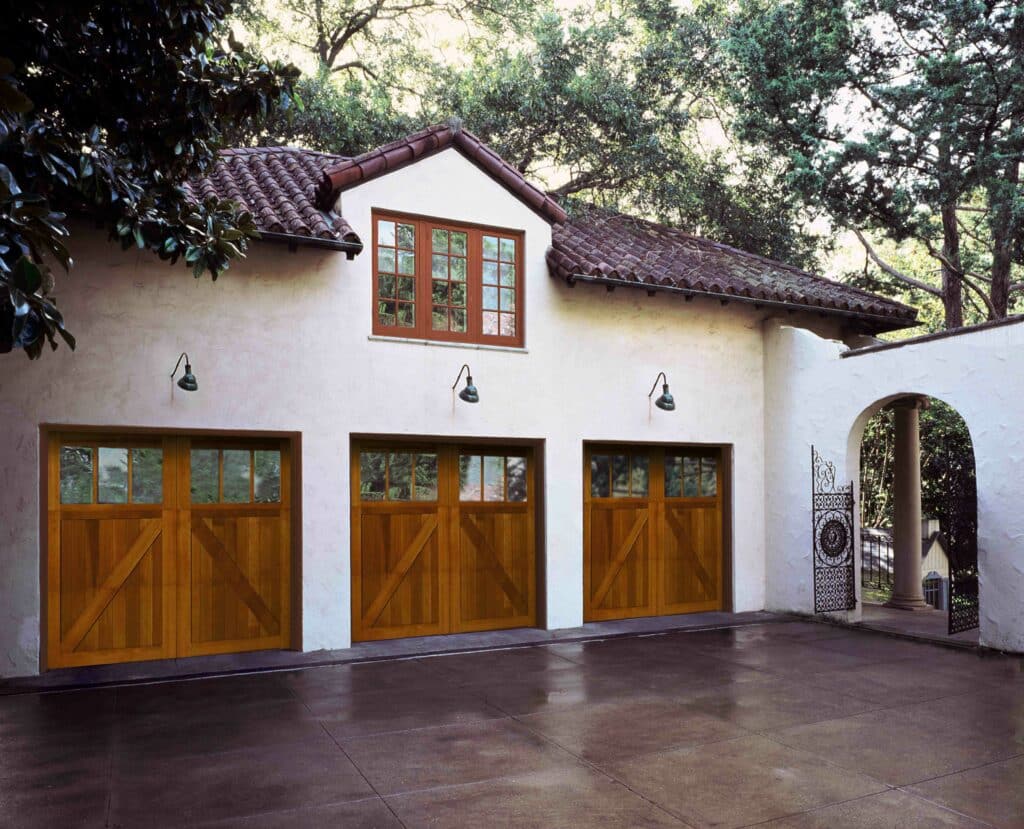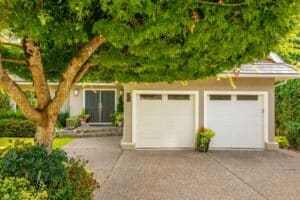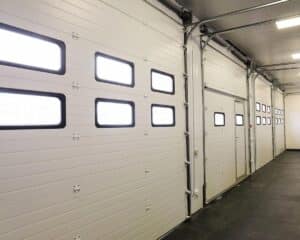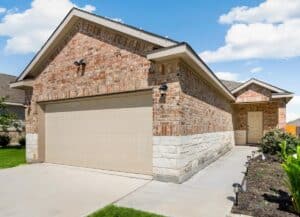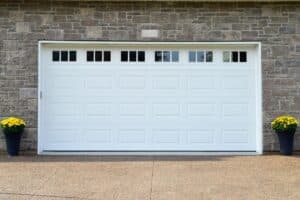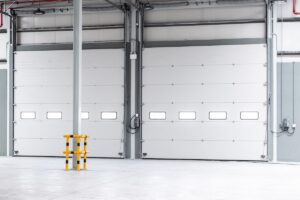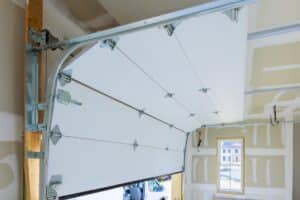Historic garage doors are more than just entryways for vehicles; they are key elements that contribute to the charm and character of antique and vintage homes. Preserving these doors not only maintains the architectural integrity of the property but also enhances its overall value.
This article delves into the importance of preserving historic garage doors and provides detailed guidance on how to restore and maintain them.
The Charm of Historic Garage Doors
Historic garage doors possess unique features that are hard to find in modern constructions. From intricate woodwork to period-specific hardware, these doors are a testament to the craftsmanship of the past. The attention to detail and the use of high-quality materials in historic garage doors highlight the dedication and skill of artisans from bygone eras.
One of the most captivating aspects of historic garage doors is their ability to reflect the architectural style of the era in which they were built. For instance, Victorian-era garage doors often feature elaborate carvings and decorative elements that mirror the ornate design of the main house. These doors may include features like arched windows, intricate paneling, and rich, dark wood finishes that add a touch of elegance and grandeur.
In contrast, Craftsman-style garage doors, popular in the early 20th century, emphasize simplicity, handcrafted quality, and natural materials. These doors often showcase clean lines, geometric patterns, and the use of earthy tones. They might include details such as exposed joinery and stained glass windows, which enhance their rustic charm and connection to nature.
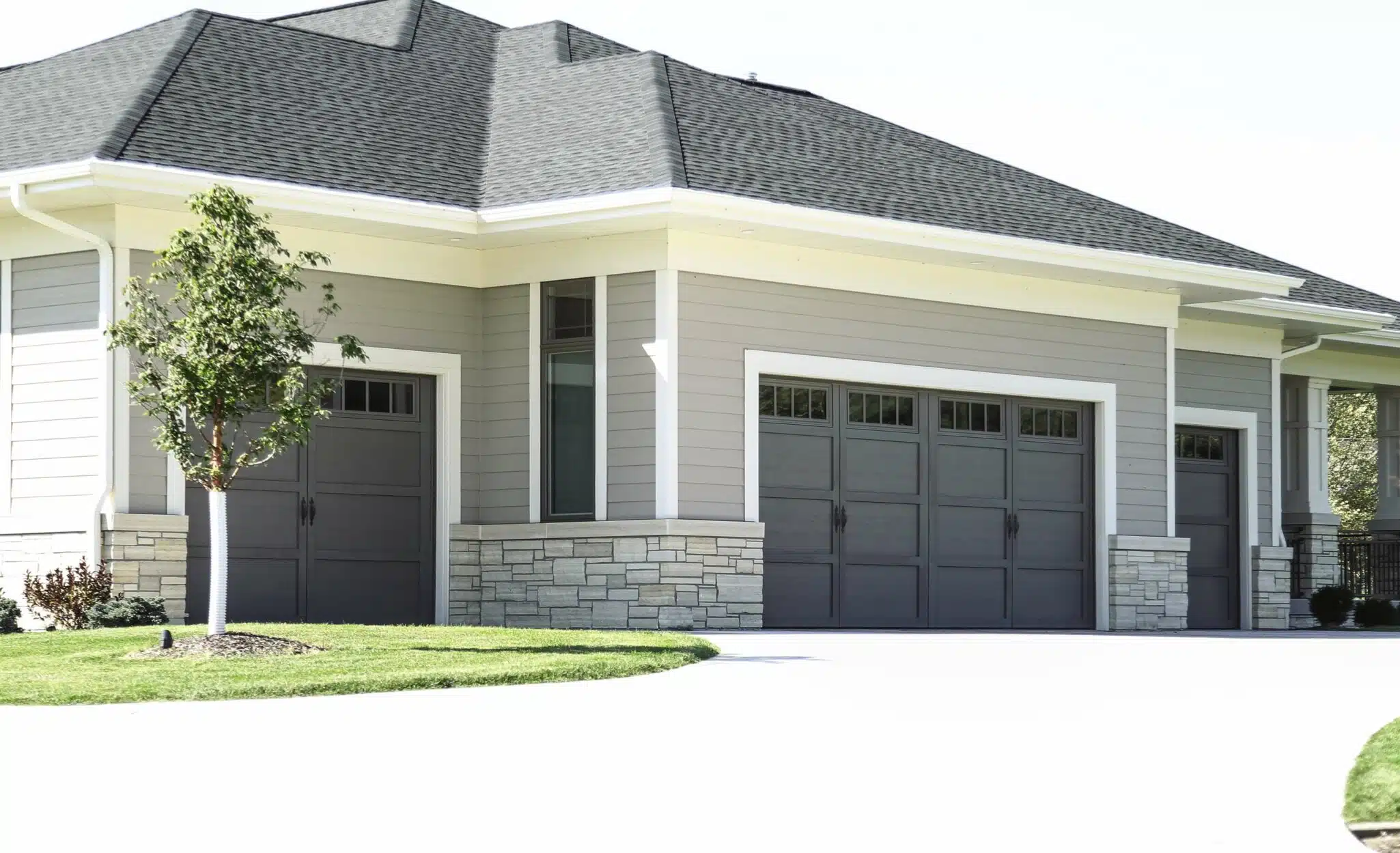
Colonial Revival garage doors, on the other hand, draw inspiration from the early American colonial period. These doors typically feature symmetrical designs, raised panels, and classic colors like white, black, or deep red. The simplicity and formality of Colonial Revival doors lend a sense of timelessness and stability to the home.
Beyond their aesthetic appeal, historic garage doors serve as tangible connections to the past. They tell stories of the architectural trends, cultural influences, and technological advancements of their time. For example, the transition from carriage houses to automobile garages in the early 20th century is reflected in the evolution of garage door design. As cars became more prevalent, garage doors evolved to accommodate their size and accessibility needs, leading to the development of larger, more functional designs.
Restoration vs. Replacement
Deciding whether to restore or replace historic garage doors can be challenging. Restoration is usually preferable as it maintains the original character of the home, preserving its historical integrity and charm. Restoring a historic garage door involves repairing or refurbishing the existing structure and materials, which helps retain the original craftsmanship and authenticity that modern replacements often lack.
Pros of Restoration:
- Authenticity: Restoration keeps the original materials and design intact, maintaining the historical and architectural significance of the home.
- Craftsmanship: Historic doors often feature unique craftsmanship that is difficult to replicate. Restoring these elements preserves the artistry of the past.
- Value: Restored doors can enhance the value of a historic property by preserving its original features and historical authenticity.
- Sustainability: Restoration is an eco-friendly option as it involves reusing existing materials, reducing waste, and minimizing the need for new resources.
However, there are situations where replacement might be the only viable option, especially in cases of severe damage. If the garage door is beyond repair due to extensive rot, warping, or structural failure, replacing it may be necessary to ensure safety and functionality.
When to Consider Replacement:
- Structural Integrity: If the door is structurally unsound and poses safety risks, replacement is essential.
- Severe Damage: Extensive rot, insect damage, or warping that compromises the door’s functionality may necessitate replacement.
- Cost: In some cases, the cost of restoration may be prohibitively high, making replacement a more practical option.
When replacing historic garage doors, it’s essential to choose materials and designs that closely match the original. This helps maintain the historical look and feel of the property, ensuring that the new doors blend seamlessly with the existing architecture.
Choosing Materials and Designs:
- Materials: Select high-quality materials that mimic the original, such as solid wood, wrought iron, or steel with period-appropriate finishes. Modern materials like composite wood can also be used to replicate the appearance of historic doors while providing enhanced durability.
- Designs: Work with manufacturers or craftsmen who specialize in historical reproductions to create doors that match the original design. Pay attention to details like paneling, hardware, and decorative elements to ensure authenticity.
While restoration is often the preferred choice for maintaining the historical integrity of garage doors, replacement may be necessary in cases of severe damage. When replacement is required, choosing materials and designs that closely match the original is crucial to preserving the charm and character of the historic home.
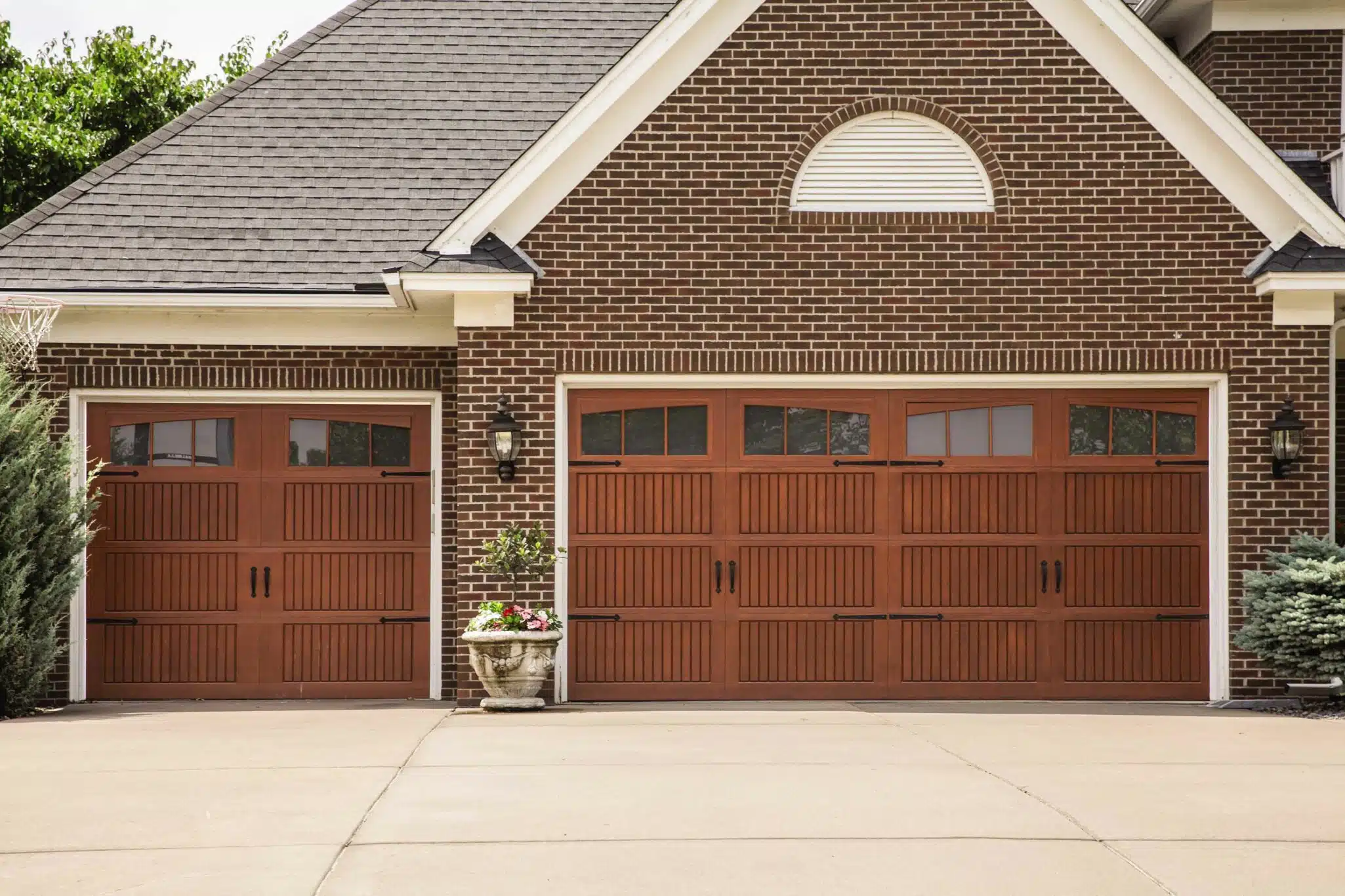
Restoration Tips for Historic Garage Doors
Cleaning and Maintenance: Regular cleaning is crucial for preventing dirt buildup and preserving the door’s appearance. Use gentle, non-abrasive cleaners to avoid damaging the surface. A soft cloth or sponge with mild soap and water is usually sufficient. Avoid harsh chemicals or high-pressure washing, as these can strip away paint or damage the wood or metal.
Repairing Structural Damage: Address any cracks, rot, or warping promptly to maintain the door’s integrity. For wooden doors, use wood fillers to mend small cracks and holes. For more extensive damage, you might need to replace entire sections of wood. Metal doors with rust or dents can be patched with metal fillers or replaced with new panels if necessary. Ensure that all repairs are done in a way that maintains the structural soundness of the door.
Repainting and Refinishing: Repainting and refinishing can breathe new life into historic garage doors. Choose period-appropriate colors and finishes to maintain historical accuracy. Before painting, sand the surface thoroughly to remove old paint and create a smooth base. Apply a primer to help the new paint adhere better and last longer. Once the primer is dry, apply the paint in thin, even coats, allowing each coat to dry fully before applying the next. Finish with a protective sealant to guard against weather and wear.
Additional Tips:
- Preserve Original Hardware: Original hinges, handles, and locks add to the door’s historic charm. If these pieces are still functional, clean and polish them rather than replacing them. If they are damaged, look for period-appropriate replacements or restorations.
- Weatherproofing: Ensure that the door is properly sealed to prevent drafts and moisture infiltration. Use weatherstripping and door sweeps to enhance energy efficiency and protect the door from the elements.
- Lubrication: Keep moving parts like hinges, rollers, and tracks well-lubricated to ensure smooth operation and prevent wear and tear. Use a high-quality lubricant recommended for the specific materials used in your door.
- Inspection: Regularly inspect the door for any signs of wear, damage, or potential issues. Early detection allows for timely repairs, preventing minor problems from becoming major ones.
By following these restoration tips, you can preserve the beauty and functionality of historic garage doors, ensuring they continue to contribute to the charm and character of your home for years to come.
Maintaining Authenticity
One of the key goals in restoring historic garage doors is to maintain their authenticity. This involves preserving original hardware whenever possible. Look for period-specific hinges, handles, and locks, and consider refurbishing them rather than replacing. Original hardware often features intricate designs and craftsmanship that are hard to find in modern pieces.
Cleaning, polishing, and repairing these elements can help retain the door’s historical charm and character. If new hardware is necessary, seek out reproductions that match the original style. Many companies specialize in creating historically accurate hardware that can seamlessly blend with the existing design.
Improving Functionality
While maintaining historical accuracy is important, modernizing the functionality of garage doors can provide added convenience and security. Upgrading the opening mechanisms to more efficient systems can make daily use easier and more reliable. Consider installing modern garage door openers that can be operated remotely or via smartphone apps. This allows for smoother operation while keeping the look of the door intact.
Enhancing insulation is another way to improve the functionality of historic garage doors. Insulated doors help regulate temperature, reducing energy costs and providing a more comfortable environment inside the garage. Insulation materials can be discreetly added to the interior of the door without altering its external appearance.
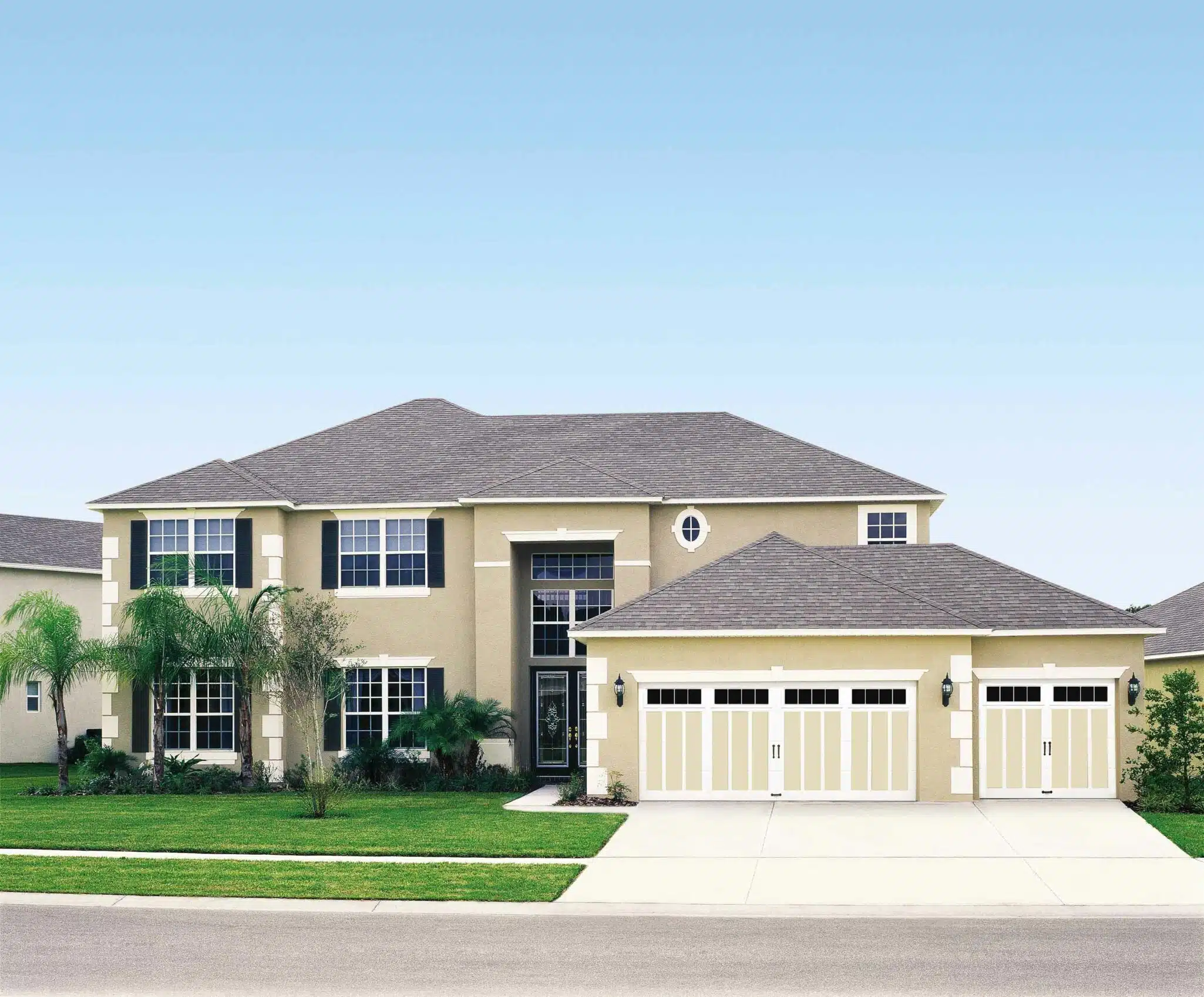
Modern security features, such as smart locks and alarms, can be discreetly integrated without compromising the door’s historic appearance. Smart locks offer enhanced security and convenience, allowing you to monitor and control access to your garage remotely. Alarms and security cameras can also be installed in a way that is unobtrusive and respectful of the door’s aesthetic.
Working with Professionals
Restoring historic garage doors often requires specialized knowledge and skills. Hiring a professional with experience in historic restoration can ensure the project is handled correctly and the integrity of the original design is preserved. Professionals familiar with historic restoration understand the nuances of working with aged materials and can offer solutions that maintain the door’s authenticity while addressing any structural or functional issues.
Finding the Right Expert
Start by collaborating with local historical societies. These organizations can provide recommendations for experts who specialize in restoring historic properties. They often have a network of trusted professionals who understand the specific requirements and standards needed to preserve historical integrity.
Evaluating Credentials
When selecting a professional, evaluate their credentials and experience. Look for professionals who have a portfolio of completed restoration projects, particularly those involving historic garage doors. Ask for references and follow up with previous clients to gauge their satisfaction with the work performed.
Understanding Best Practices
Professionals experienced in historic restoration are knowledgeable about the best practices for preserving unique features of your home. They can advise on the appropriate materials and techniques to use, ensuring that any restoration work respects the original craftsmanship. This might include using traditional methods and materials that match the period-specific details of the door.
Collaborative Planning
Working with a professional should be a collaborative process. Discuss your goals for the restoration project, including maintaining authenticity, improving functionality, and addressing any specific concerns you have about the condition of the doors. A good professional will listen to your needs and provide a detailed plan outlining the steps and costs involved in the restoration.
Quality Assurance
Hiring a professional provides an assurance of quality. Professionals have access to specialized tools and materials that might not be available to the average homeowner. They also bring a level of craftsmanship and attention to detail that is essential for restoring historic garage doors to their former glory.
By working with a professional, you can achieve a restoration that honors the historical significance of your garage doors while ensuring they remain functional and durable for years to come. This partnership can transform a challenging project into a rewarding experience, resulting in beautifully restored doors that enhance the character and value of your home.
FAQs
Historic garage doors often feature intricate woodwork, period-specific hardware, and high-quality materials, showcasing the craftsmanship of past artisans.
Preserving historic garage doors maintains the architectural integrity of the home and enhances its overall value by retaining original features.
Restoration maintains authenticity, preserves unique craftsmanship, enhances property value, and is an eco-friendly option by reusing existing materials.
Replacement is necessary when the door is structurally unsound, severely damaged, or when restoration costs are prohibitively high.
Select high-quality materials and designs that mimic the original, such as solid wood or period-appropriate finishes, and work with manufacturers specializing in historical reproductions.
Regular cleaning with non-abrasive cleaners, addressing structural damage promptly, and repainting with period-appropriate colors can help maintain the door’s appearance and functionality.
Clean, polish, and repair original hinges, handles, and locks to retain historical charm, or find period-appropriate replacements if necessary.
Yes, upgrading opening mechanisms, adding insulation, and integrating modern security features can enhance convenience and security without compromising the door’s historical appearance.

